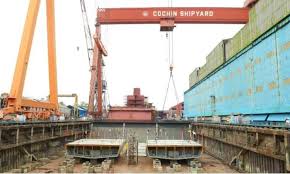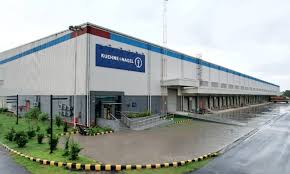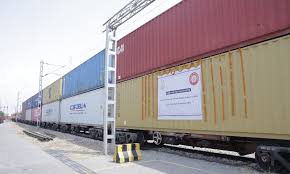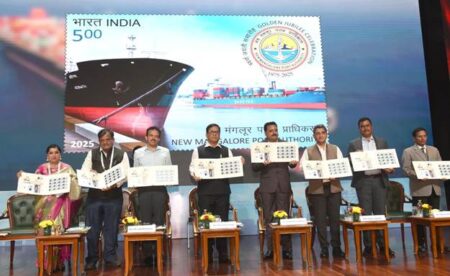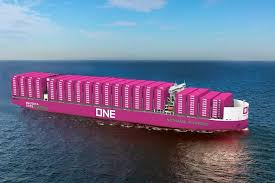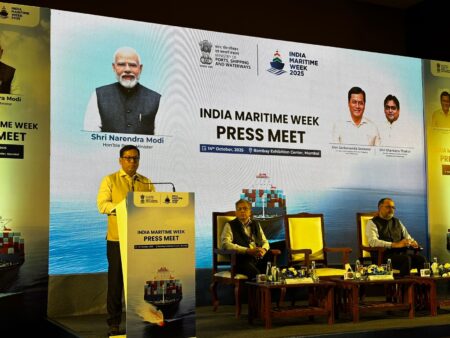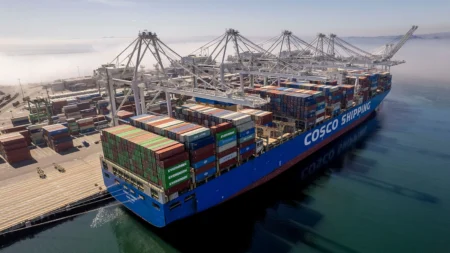India’s ship recycling industry is expected to recycle 3.8–4.2 million GT by 2025, driven by ageing ships and stable scrap prices.
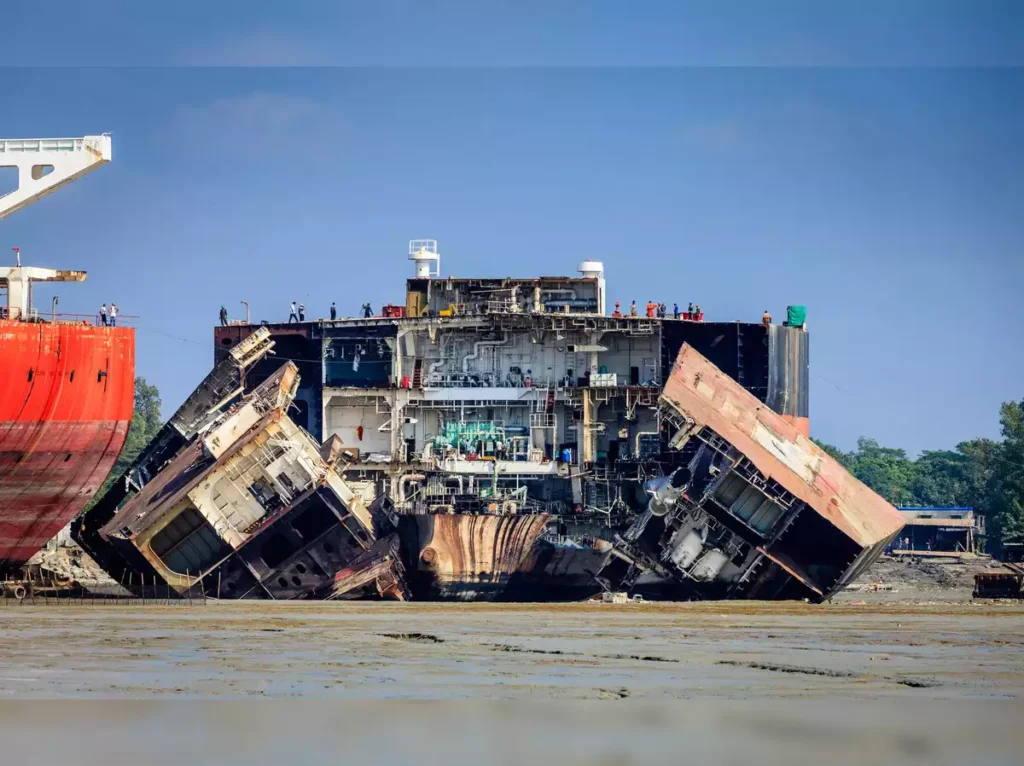
India’s ship recycling industry, primarily based in Alang-Gujarat, is poised for significant growth, with a projected compound annual growth rate (CAGR) of 10% by 2028, according to a recent report by CareEdge Ratings. The report forecasts that India will recycle between 3.8 and 4.2 million gross tonnage (GT) of ships by 2025, positioning the country as a key player in the global ship recycling sector.
As of 2023, India holds a 33% share of the world’s total ship recycling tonnage, second only to Bangladesh. Alang-Gujarat, with over 140 recycling yards, has become one of the largest ship recycling hubs globally. Despite a recent decline in dismantling volumes due to fluctuating demand, the industry is expected to rebound strongly as shipping markets stabilise and older vessels near the end of their operational lives.
From 2021 to 2023, global ship recycling volumes fell by 50%, largely due to increased demand for shipping during the COVID-19 pandemic. Shipping companies extended the service life of vessels as freight prices surged, reducing the number of ships being decommissioned. However, with stabilising freight rates and a growing fleet of ageing vessels, ship recycling activity is projected to rise sharply by 2025.
India dismantled approximately 2.47 million GT of ships in 2022 and 2023, contributing to the country’s rise in global ship recycling market share from 27% to 33% over the past five years. The industry’s importance is underscored by its contribution to India’s steel sector, as recycled ships are a critical source of steel scrap.
Challenges and Opportunities
Despite steady turnover, profitability in India’s ship recycling industry was affected in FY23 and FY24 by declining steel scrap prices, which fell from INR 54,400 per tonne in April 2022 to INR 36,600 per tonne by March 2024. While this pressure impacted margins, steel scrap prices remain above pre-pandemic levels, and the industry’s future outlook is positive.
A key growth driver is the increasing age of the global shipping fleet. United Nations Conference on Trade and Development (UNCTAD) data shows that the average age of ships has risen from 20.5 years in 2018 to 22.2 years in 2023, with many vessels nearing the end of their operational lives. As the average ship lifespan is 25 years, this trend is expected to increase the number of ships available for recycling.
In addition, the stabilisation of steel scrap prices and an increase in the number of obsolete vessels point to a resurgence in the industry from 2025 onwards. Projections suggest that India will recycle between 3.8 and 4.2 million GT of ships annually by 2025, with continued growth into 2028.
Economic and Environmental Impact
The ship recycling industry plays a crucial role in providing steel to India’s domestic market, reducing the need for steel scrap imports. Furthermore, ship recycling is an environmentally sustainable practice, conserving energy and natural resources by reducing the demand for new steel production.
India’s efforts to promote green ship recycling, adhering to international standards like the Hong Kong International Convention, will help maintain the country’s position as an attractive destination for shipowners seeking responsible recycling options.
With ageing fleets and stable infrastructure, India is well-positioned to become a global leader in ship recycling. As the industry rebounds, Alang-Gujarat is expected to play a leading role, contributing to both India’s economic growth and the global push for sustainable recycling practices.

